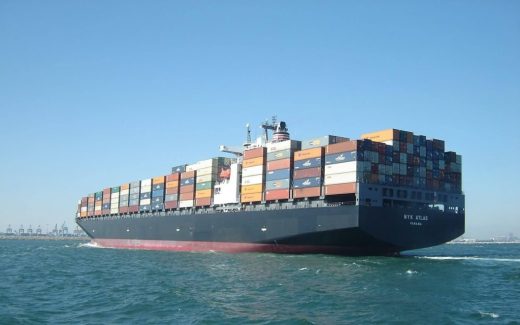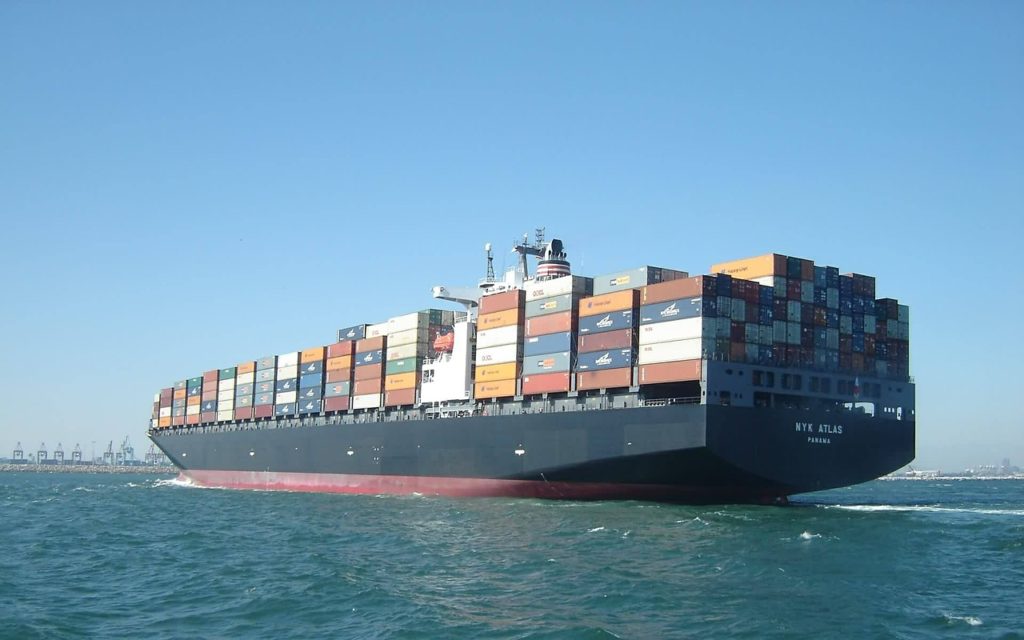Can IoT cut corporate losses for high value goods?
Can IoT cut corporate losses for high value goods?

Cold supply chains that ferry vaccines and commodities could see a reduction in loss rate if they switched from incumbent systems to an Internet of Things (IoT) solution.
That’s according to a new report from Lux Research, which investigates the return on investment (ROI) for cold supply chains if they switch.
See Also: Sensor modules prove IoT darlings, rounding up billions
Vaccines and rare seafoods would see the highest ROI when switching from current systems to IoT, while cheap produce and chemicals will take longer to pay for the IoT upgrade costs.
Reducing losses require smarter containers
For items like bananas or farmed salmon, Lux Research says the decision will depend on the loss rate. If the customer receives a shipment and 20 percent is inedible, it’s probably a good time to upgrade containers.
Ericsson and Maersk Line are already working on an IoT network for cargo loads. Sensors are embedded inside containers, which provide customers and suppliers with real-time temperature data.
Lux Research says the containers need to provide data on light, shock, and humidity as well, all of which can affect cold supply. Containers could also be fitted with self-cooling, which automatically turns on if the container becomes too hot.
All of these upgrades will hurt a company’s profit, but deployment of an IoT network may increase the amount a customer is willing to pay per shipment and give customers more incentive to do business again.
Domestic shipping, using trucks and trains, could also be upgraded with IoT networks. This would be a lot easier to implement as well, since the truck or train can connect to cellular networks (for most of the journey) instead of using satellite data.
The post Can IoT cut corporate losses for high value goods? appeared first on ReadWrite.
(27)



